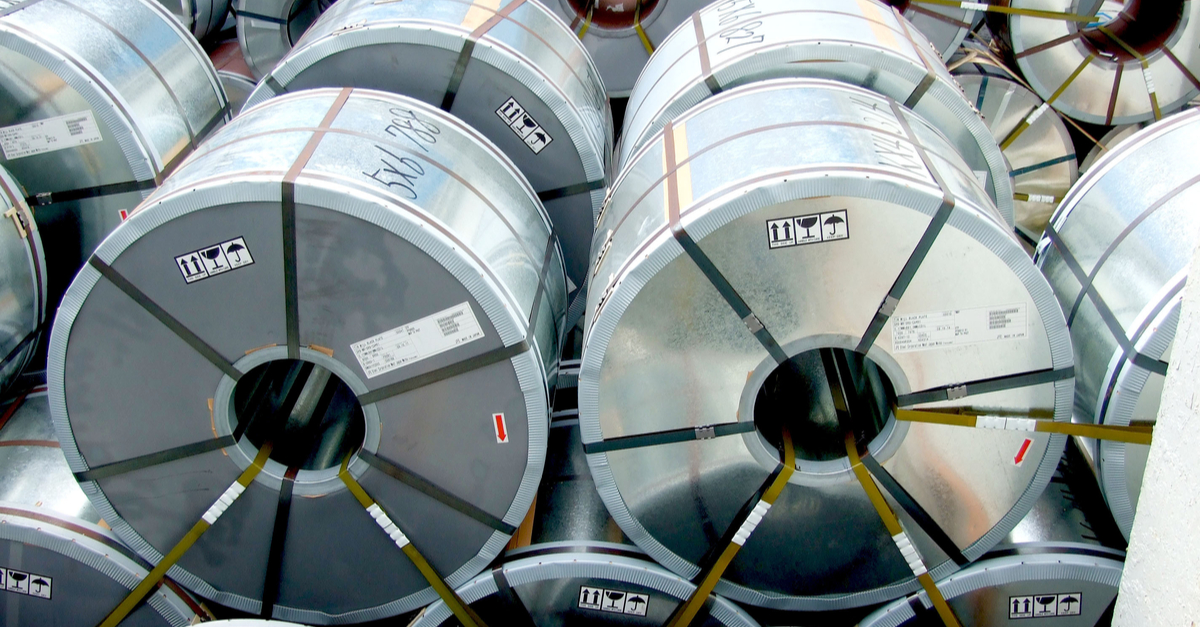
News Global Market EU 2089 09 February 2024
The import of rolled steel decreased by 13% y/y in 11 months
In January-November 2023, the European Union (EU) reduced steel imports (including semi-finished products) by 11% compared to the same period in 2022, according to the EUROFER association’s Economic and steel market outlook 2024-2025, first quarter.
In 2022, total steel imports also declined by 7.3% y/y, while in 2021 they increased sharply by 32% y/y.
In the first 11 months of 2023, imports of finished products decreased by 13% y/y, including flat products – by 9% y/y and long products – by 25% y/y. In 2022, imports of finished products decreased by 5% y/y overall.
«In 2023, imports showed stable volatility, reflecting the fluctuations observed over the previous three years. After the outbreak of COVID-19, steel imports surged and showed some volatility in the second half of 2020. However, in 2021, the growth became much more pronounced, especially in the second and third quarters, reaching the highest historical levels. These dynamics reflected favorable steel demand conditions until the end of 2021, while volatility persisted in the fourth quarter of 2021 and throughout 2022,» the association said.
The main exporting countries to the EU in January-November 2023 were India (+7% y/y), South Korea (+6% y/y), China (-13% y/y), Vietnam (+38% y/y), Taiwan (+12% y/y), Turkey (-51% y/y) and Japan (+32% y/y). These countries accounted for more than 58% of total shipments.
In the flat products segment, imports of all types of products decreased in 11 months of 2023. In particular, imports of cold-rolled and hot-rolled flat products decreased by 27% y/y and 22% y/y, respectively, while imports of coated products decreased by 24% y/y and organic steel decreased by 30% y/y.
Among long products, only plates showed positive growth, up 2% y/y. In contrast, rebar and wire rod supplies fell by 31% y/y and 26% y/y, respectively.
EUROFER forecasts that in 2023, apparent steel consumption in the European Union is expected to decline by 6.3% compared to 2022, to 129 million tons. At the same time, in 2022, the figure decreased by 6.5% y/y, and in 2024 it is expected to grow by 5.6% y/y.



